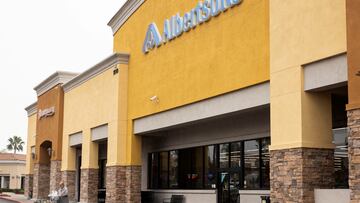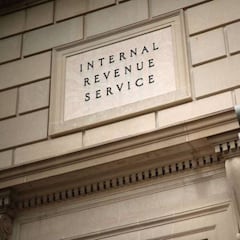Top 10 grocery stores in the US: Shoppers look for customer value in competitive supermarket sector
As grocery prices continue to rise, customers are looking for more affordable options that sell high-quality food. Here are the top ten grocery stores...


According to the Bureau of Labor Statistics, grocery prices have increased thirteen percent over the last two years. The majority of the increase came in 2022. Still, prices continued to tick up in 2023, providing little relief for families struggling to keep food on the table as inflation cuts into purchasing power. Food insecurity began rising in 2022, with 12.8 percent of households reporting that they were food insecure. The figure stood at 8.3 percent for families with children in the home during the same year, reported the US Department of Agriculture in late 2023.
According to a survey conducted by the Capitol Area Food Bank, almost one-third of residents between May 2022 and April 2023 were unsure about where their next meal would come from. In the coming months, more research will be released regarding the food security of families in 2023. However, this initial report from the Washington DC area suggests that households did not fare well as grocery prices continued to soar.
The false illusion of choice
When it comes to comparing and contrasting different grocers, it is crucial to consider the consolidation that has taken place in the food sector, which limits competition and forces consumers to pay higher prices. This consolidation has concerned many food security experts for a decade. In 2014, Oxfam America reported that ten companies “control most of the food and drinks you’ll find in the grocery store.”
Which 10 companies control the world's food supply?
- Associated British Foods
- Coca Cola
- Danone
- General Mills
- Kellogg's
- Johnson and Johnson
- Mars
- Mondolēz International
- Pepsico
- Unilever
In numerical terms, these ten companies control around ninety percent of the food consumed globally. Even when consumers were paying far less for their groceries, concerns over the power of these companies were evident, not only in setting prices but also in shaping the diets billions of people consume worldwide.
What consolidation means is that regardless of where grocery store consumers do their shopping, the products are likely all produced by the same companies, creating the false illusion of choice. Additionally, grocery stores typically have low-profit margins, meaning that food deserts are growing in the United States as significant companies pull out of areas where they do not meet financial goals.
Ten grocers with the best prices
In areas where there are fewer grocers, those businesses can offer higher prices because consumers lack an alternative option.
Related stories
Regardless, a 2020 study found that the grocery stores with the most affordable prices were:
- Aldi
- Market Basket
- WinCo Foods
- Lidl
- Trader Joe's
- Costco
- Walmart
- Food 4 Less
- H-E-B
- Sam's Club
Many companies offer cheaper prices by producing their own products, which are often less expensive than the name-brand option. If you shop at stores that have their own generic brand for basic food items, choosing these options can save you money compared to selecting the name brand. For instance, Kirkland Signature from Costco or Simply Nature from Aldi can provide a more affordable alternative to brands that charge a premium for their name and reputation. Real Simple has published a list of these brands to help shoppers find more affordable options.

